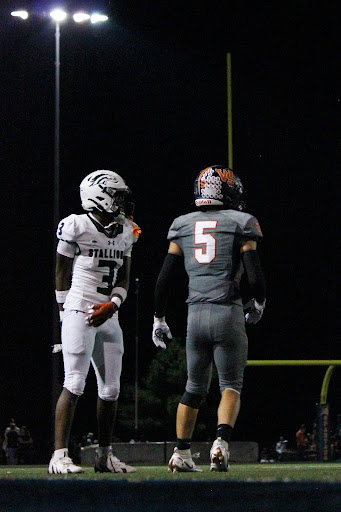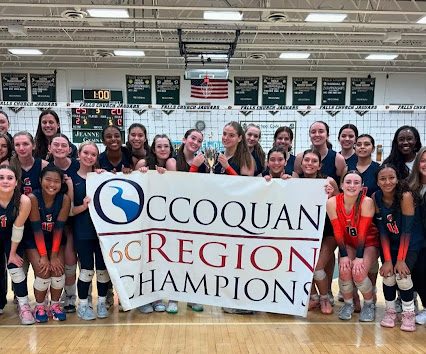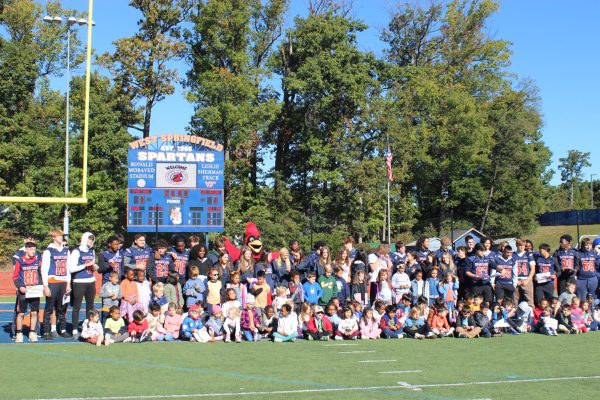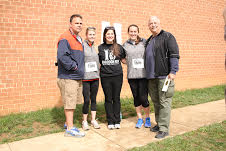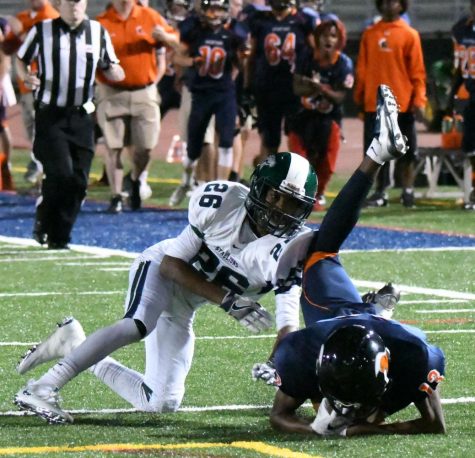The new Portrait of a Spartan
High school students across the US complain that what they’re learning in school will not service them post-graduation. Fairfax County Public Schools has responded to that by integrating a new program, Portrait of a Graduate, into the FCPS curriculum.
After being implemented 13 years ago, the No Child Left Behind Act has slowly sucked the life out of teaching. It was intended to ensure quality of education to children all over the country and guarantee uniform learning. But in reality, NLCB is partially responsible for creating the standards-based education system that exists today. It says that “100 percent of students will show mastery in standards.” Once signed into law, states with students that had more difficulty achieving those standards created tests, known in Virginia as the Standards of Learning. Before 2000, learning was very different.
“Teachers now get wrapped up in in their subject areas and curriculum they need to teach,”said Assistant Principal Erin Lenart. “This is a ‘timeout’ for the soft skills to come back.”
Five attributes define what a graduate of FCPS should look like: Communicator, Collaborator, Ethical and Global Citizen, Creative and Critical Thinker and Goal Directed and Resilient Individual. They look at education from a holistic perspective and are answers to important questions students pose. Counselor Braden Peterson, although attentive to his students’ grades, knows that letters do not define the future of a student.
“Does FCPS really want graduates that have straight A’s, but are jerks?” said Peterson. “Similarly, a student who goes into the world with a 4.9 GPA, but has no social skills, is useless in his or her field.”
This frustration is shown by employers, who are constantly unimpressed by the soft skills of their applicants, such as networking with coworkers, listening to and respecting others’ opinions and solving complex problems in the workplace. There, one learns through watching, professional reading and the essential networking. FCPS students must model this in school by collaborating on projects and helping each other learn.
A number of WS students already possess these qualities, but teachers and administrators are coming together to ensure that every student graduates with this well-roundedness. At teacher development meetings, teachers repeatedly discuss how they can get across these ideas in the classroom.
“Teachers are encouraged to lead by example and embody these qualities themselves,” said Lenart. “Instead of an hour long lecture, this challenges teachers to ask how they can engage students in their own learning. Once we figure out how we can give learning to the students, the skills will come naturally.”
She hopes these strategies will promote educational networking and academic conversations that contribute to and expand on curriculum. WS staff members anticipate that students will notice changes as early as this spring. Kevin Greata, the math department chair, believes that defining these attributes will help bring results.
“In math, there are skills to learn that then lead to problem solving. It is creative, but also systematic, which is why this won’t get rid of memorization, because that’s necessary, but will steer towards getting past that aspect and helping students become more independent thinkers.” said Greata.
The problem solving that is a huge part of math speaks to the creative and critical thinker aspect of Portrait of a Graduate, and will soon be seamlessly slipped into classes. Bernie DeLeo, the theatre department head, feels as if his classes already apply these qualities and thinks more cross curricular learning will stem from this.
“Teaching is a mission, with the goal to help kids step out of their comfort zones,” said DeLeo. “There’s book smart and there’s world smart, so you want leave [WS] with skills that expand on how to use knowledge learned here and develop that world smart.”
The ability to tackle problems head on, think outside of the box, be goal directed, work in teams, be responsible, give constructive criticism, respect other opinions, listen to other people and expectantly so much more will come from correct implementation and intake of the Portrait of a Graduate defined attributes. The idea of deeper, more relevant learning is appealing, but it is up to the student to engage himself into the process.
“This is a vehicle in which to learn that speaks to the depth of human beings, their character and purpose.” said Peterson. “Hopefully, this will help FCPS reach the goal of education: to create good citizens that can use and apply information, are aware of the world around them and can communicate effectively.”



